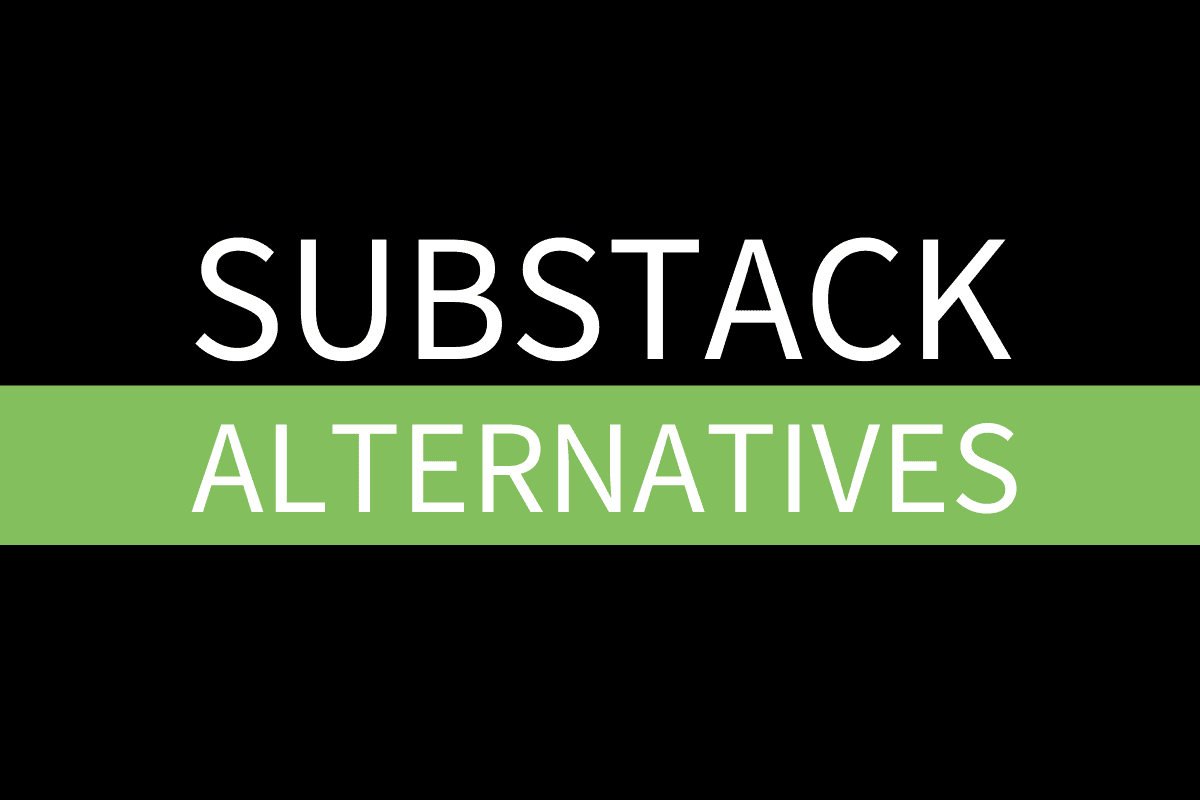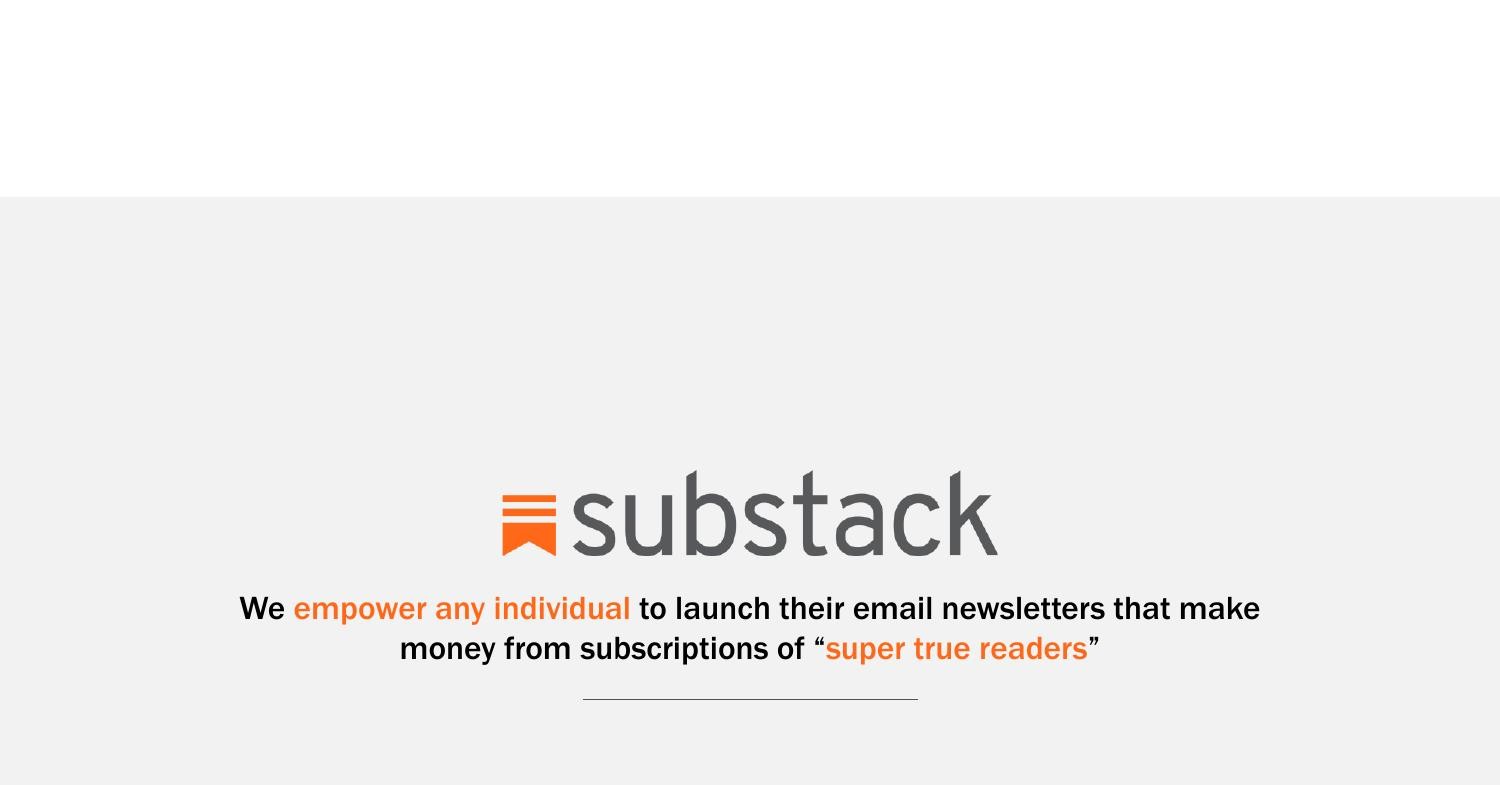

(Full disclosure, I also operate a free newsletter run on Buttondown. Newsletters that migrated from Substack to Buttondown include The Hypothesis by Annalee Newitz.

Pricing past this point is worked out with Duke directly over email.You can use one account to run multiple newsletters at this level. That's a discount over Substack if you're making over $9480 annually. Oh - and the best part You technically own your audience.

#BEST OF SUBSTACK FULL#
The Professional plan supports up to 10,000 subscribers and costs $79 a month, which works out to $948 a year. Its free, you have full editorial control, and you keep 90 of your income from paying subscribers.This plan also allows you to remove all Buttondown branding and adds support for integrations with other software. It costs $29 a month or $348 a year, which is a discount over Substack if you're pulling in more than $3480 annually. The Standard plan supports up to 5000 subscribers.That's a discount over Substack if you're pulling in more than $1080 annually. Now let us get into the breakdown of the field. The Basic plan costs $9 a month, or $108 a year, and works for up to 1000 subscribers.The Free plan works for up to 100 subscribers, but you can't use this plan if you want to charge for subscriptions.Being associated with Substack isn’t bad for your brand, in any way. In 2020, Substack introduced group publishing tools, allowing multiple writers. Substack introduced paid podcasts with the launch of a tool for audio publishing in 2019. They are a very good, normal company-one that does not at all enable extremism ( wink.) Everything Substack does is justified, and good, and pure, and the company certainly wouldn’t send a mob of transphobes into the mentions of a freelance service journalist. Substack was founded in 2017 by Chris Best (former chief technology officer of messaging app Kik), former journalist and Tesla alum Hamish McKenzie, and developer Jairaj Sethi. It would be hard to leave Substack, granted. Either way, sticking with Substack when other options may be more cost-effective at that point is leaving money on the table. As of August 2021, Substack had more than 250,000 paying subscribers and its top ten publishers were making 7 million in annualized revenue. You might think this is fair, you might not. Annually you’ll be paying Substack $6,000, and it only gets more expensive with the more success you have. It also means your newsletter is pulling in $5,000 a month, of which Substack will take $500. Say you manage to get 500 people to pay $10 a month for your newsletter-that’s a real accomplishment. That’s because, instead of charging a monthly fee, Substack takes a 10 percent cut of all revenue.įlawless as their reputation may be, the economics of using Substack are hard to justify over the long term. The problem comes if you want to make a living publishing your newsletter, at which point Substack can quickly become expensive. If your plan is to run a newsletter as a hobby, Substack is perfect-it’s free, easy to set up, and makes sending out emails and building a subscriber base fairly straightforward.


 0 kommentar(er)
0 kommentar(er)
